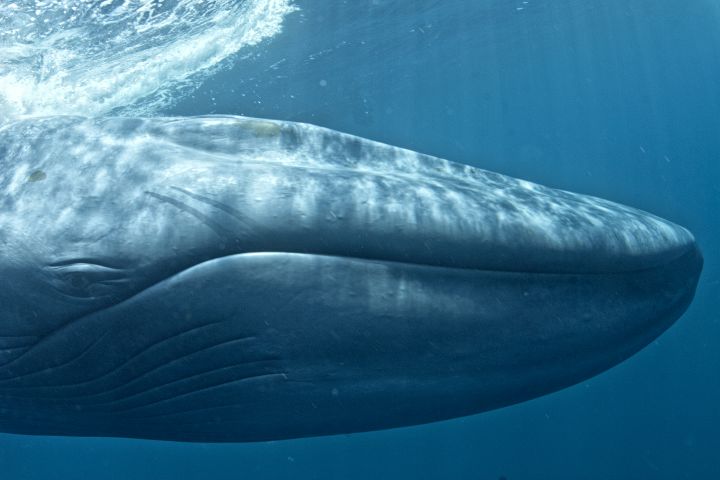SUMMARY
This is AI generated summarization, which may have errors. For context, always refer to the full article.

SYDNEY, Australia – An Australian-led group of scientists has for the first time tracked down and tagged Antarctic blue whales by using acoustic technology to follow its songs, the government said Wednesday, March 27.
The blue whale, the largest animal on the planet, is rarely spotted in the Southern Ocean but a group of intrepid researchers were able to locate and tag some of the mammals after picking up on their deep and complex vocals.
Environment Minister Tony Burke said the researchers, who spent seven weeks working from small boats in freezing Antarctic conditions, were captivated by the remarkable behavior of the whales they saw.
“The Antarctic blue whale can grow to over 30 meters in length and weigh up to 180 tons, its tongue alone is heavier than an elephant and its heart is as big as a small car,” Burke said.
“Even the largest dinosaur was smaller than the blue whale.”
The scientists collected 23 biopsy samples and attached satellite tags to two of the whales.
“The tags transmitted never-before obtained data on rapid longitudinal movements during their summer feeding season and their foraging behavior in relation to the edge of the Antarctic ice,” tagger Virginia Andrews-Goff said.
“This method of studying Antarctic blue whales has been so successful it will now become the blueprint for other whale researchers across the world.”
The inaugural Southern Ocean trip of the Antarctic Blue Whale Project involved deploying acoustic buoys west of the Ross Sea to pick up blue whale songs, which can be detected from hundreds of kilometers (miles) away.
They recorded 626 hours of songs, with 26,545 calls of Antarctic blue whale analyzed in real time, said lead acoustician Brian Miller.
“The researchers were then able to triangulate the position of the whales from their vocalizations and direct the ship to the target area,” he said.
Burke said the study proved it was not necessary to kill whales to conduct scientific research, a reference to Japan’s annual whale hunt in the Antarctic, which is conducted in the name of scientific research.
“The Antarctic blue whale barely escaped extinction during the industrial whaling era in the 1900’s when around 340,000 whales were slaughtered,” Burke said in a statement.
“This research reinforces Australia’s commitment to non-lethal research of whales.” – Rappler.com
Add a comment
How does this make you feel?
There are no comments yet. Add your comment to start the conversation.